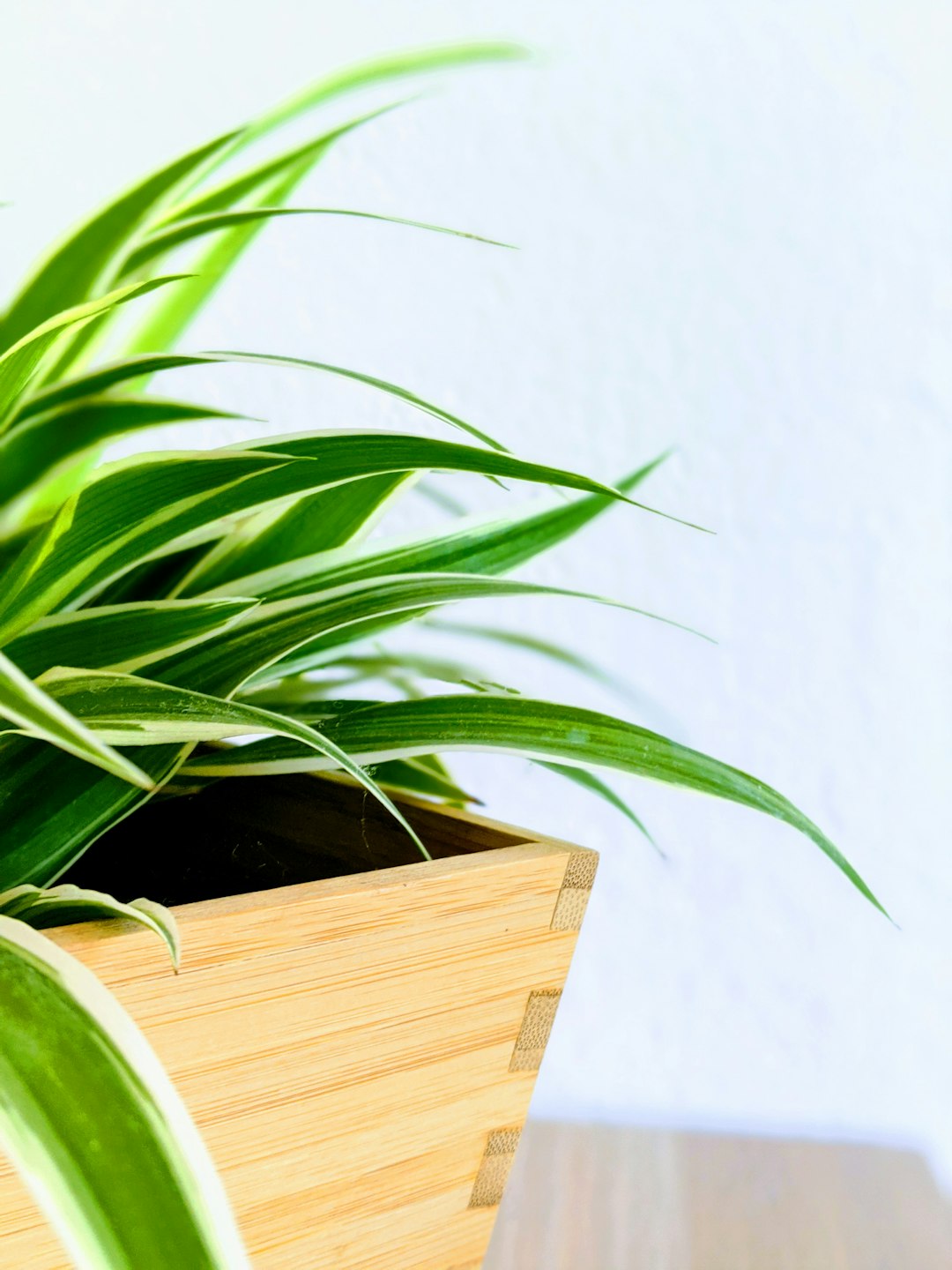Harmonious Coexistence: Keeping Bees Away from Hummingbird Feeders

For nature lovers and gardening enthusiasts, attracting hummingbirds to the garden is a delightful experience. These tiny, colorful birds bring a sense of wonder and beauty with their rapid wing beats and graceful flight. However, the presence of bees around hummingbird feeders can quickly turn this idyllic scene into a nuisance. Bees can be aggressive and may even prevent hummingbirds from accessing the feeders. Fortunately, there are several expert - recommended tips to keep bees away from hummingbird feeders, allowing you to enjoy the company of these beautiful birds without the buzzing pests.
One of the first steps in deterring bees from hummingbird feeders is to choose the right type of feeder. Some feeders are designed with bee guards. These guards are small barriers that allow hummingbirds to access the nectar through long, narrow tubes while preventing bees from reaching it. The tubes are typically sized to accommodate the long beaks of hummingbirds but are too small for bees to enter. When shopping for a feeder, look for models specifically labeled as bee - resistant or with built - in bee guards.
Another effective strategy is to adjust the nectar recipe. Bees are attracted to sweet, sugary substances, but they have different preferences compared to hummingbirds. Hummingbirds thrive on a nectar solution made of four parts water to one part white granulated sugar. You can try making the nectar a bit less sweet for the bees by using a ratio of five or six parts water to one part sugar. This will still be appealing to hummingbirds, as they have a high metabolism and need the energy from the sugar, but it may be less attractive to bees.
Location also plays a crucial role in keeping bees away from hummingbird feeders. Place the feeders in shaded areas. Bees are more likely to be active in sunny spots, while hummingbirds are not as affected by the shade. Hanging the feeders under trees, awnings, or on the north - facing side of a building can make them less accessible to bees. Additionally, keep the feeders away from flowering plants that attract bees. If the feeders are too close to a bee - friendly garden, the bees will be more likely to discover and swarm around the nectar source.
Regular maintenance of the feeders is essential. Bees are attracted to spills and leaks. Check the feeders daily for any signs of leakage and clean up any spilled nectar immediately. Use a mild soap and water solution to clean the feeders every few days to prevent the growth of mold and bacteria, which can also attract bees. When refilling the feeders, make sure to wipe the outside to remove any sticky residue.
You can also provide an alternative water source for bees. Set up a shallow dish filled with water and place some pebbles or twigs in it. This will give the bees a place to drink and cool off, reducing their interest in the hummingbird feeders. Change the water in the dish regularly to keep it fresh and clean.
Some natural deterrents can be used around the feeders. For example, mint plants have a strong scent that bees dislike. Planting mint near the hummingbird feeders can help keep bees at bay. Citronella candles can also be effective. The smell of citronella masks the scent of the nectar, making it harder for bees to find the feeders. However, make sure the candles are placed at a safe distance from the feeders to avoid any fire hazards.
In conclusion, by following these expert - recommended tips, you can create a bee - free environment around your hummingbird feeders. This will not only allow you to enjoy the beauty of hummingbirds but also ensure their well - being. Remember, a little effort in garden design and maintenance can go a long way in creating a harmonious space for both you and the wildlife in your garden.